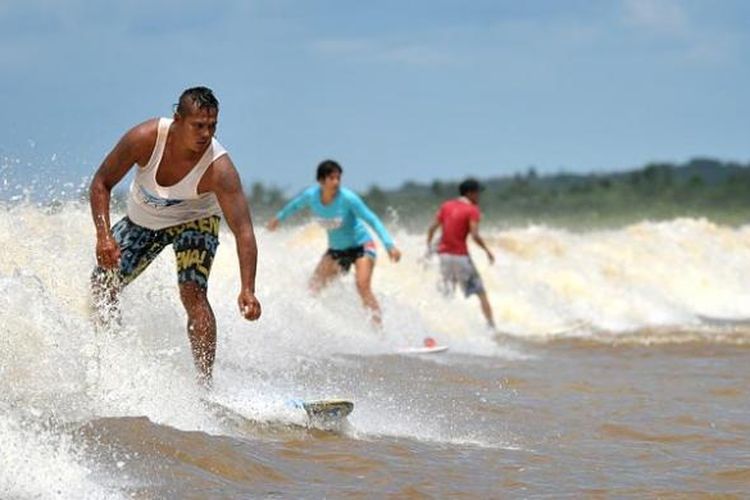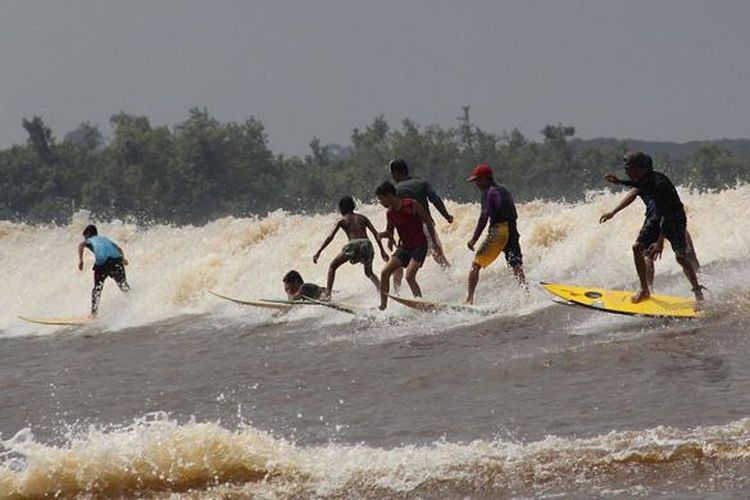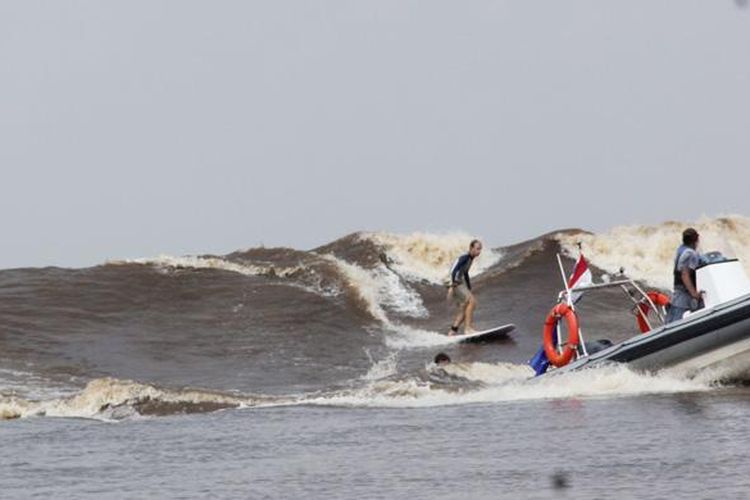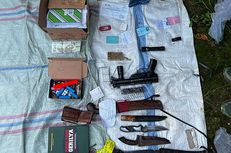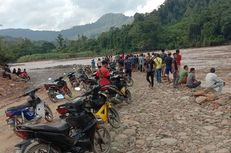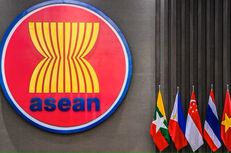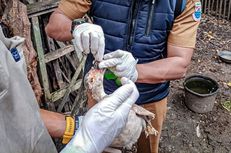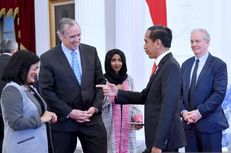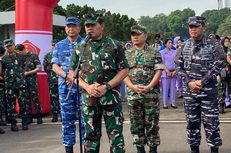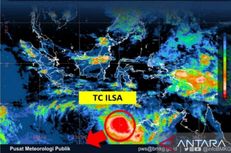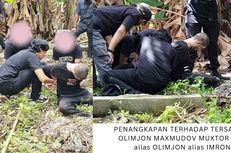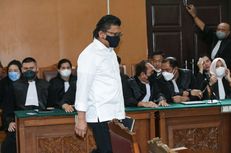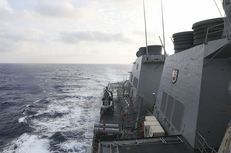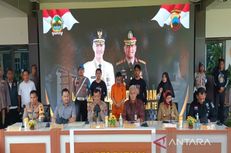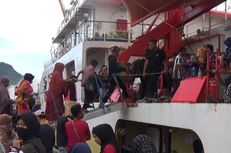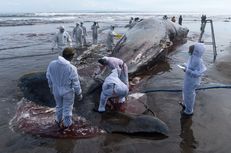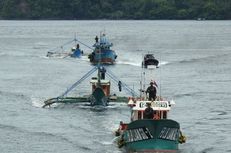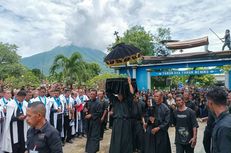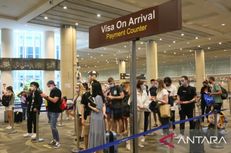Surfing Down Indonesia's Kampar River
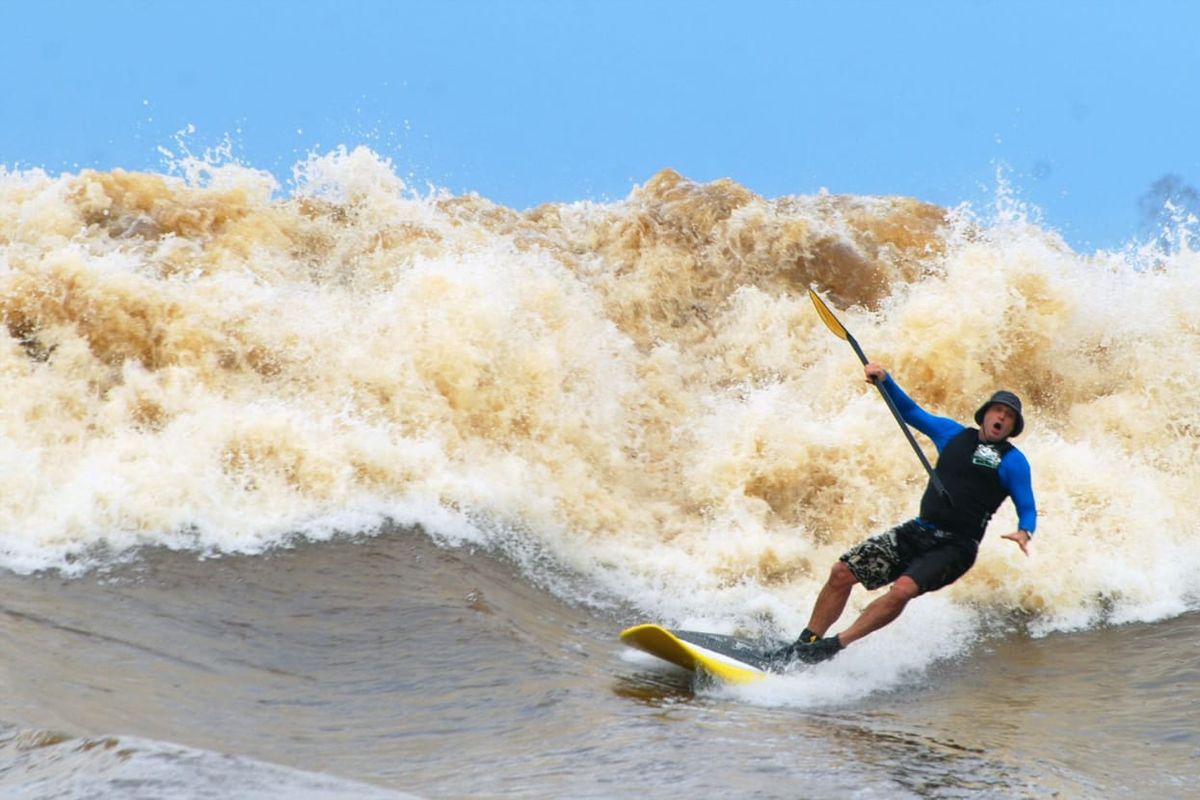
Like many wonders, taking on the Kampar River's bono waves require an odyssey. Specifically, one needs to travel overland for four hours from Pekanbaru, then go by speed boat to Teluk Meranti Village or Pulau Muda Village, the two best known venues to take on the bono wave.
The Pelalawan Regency administration has been obliging them since 2013, the year that they started to realize the bono waves' tourism potential, particularly among surfers.
Also read: West Sumatra's Traditional Bull Race 'Pacu Jawi' Steps Up On the Global Stage
They also hosted annual events to draw the latter, such as the International Bono Surfing Festival and Bekudo Bono. These events appeal to local people as well, many of whom climb hills the area to watch the surfers try their luck against the waves.
But regardless whether one is keen to get their feet wet or keep it dry, the bono waves are bound to draw anyone out for a trip to remember.
(Editor: Rachmawati)
Source:
Simak breaking news dan berita pilihan kami langsung di ponselmu. Pilih saluran andalanmu akses berita Kompas.com WhatsApp Channel : https://www.whatsapp.com/channel/0029VaFPbedBPzjZrk13HO3D. Pastikan kamu sudah install aplikasi WhatsApp ya.

